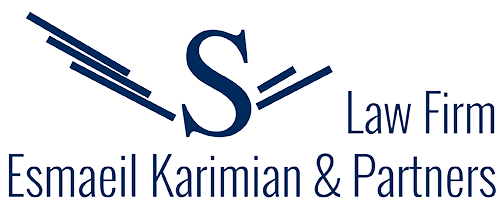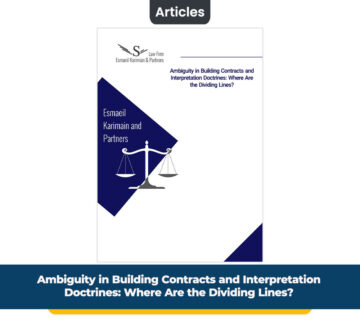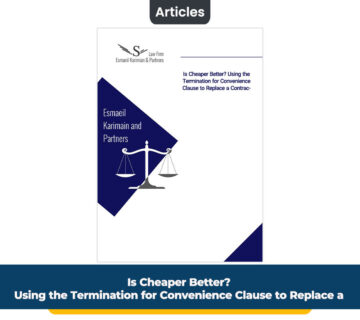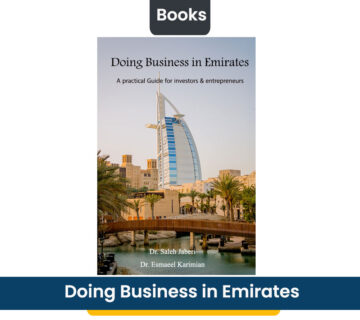In this article you will read:
Following the previous Newsletter about Oman, this month’s Newsletter introduces a deeper look into Oman’s economy and business environment.
1. Economic Status
Oman’s “GDP per capita has expanded continuously in the past 50 years. It grew 339% in the 1960s reaching a peak growth of 1,370% in the 1970s scaling back to modest 13% growth in the 1980s and rising again to 34% in the 1990s”. According to “International Monetary Fund” report, Oman’s GDP and Per Capita Income is as follows:
| Year | Gross Domestic Product (in millions US$) | Per Capita Income (US$) | Per Capita Income (as % of USA) |
| 1980 | 6,342 | 4,674 | 38.16 |
| 1985 | 10,395 | 6,129 | 34.65 |
| 1990 | 11,686 | 6,341 | 27.33 |
| 1995 | 13,803 | 6,355 | 22.84 |
| 2000 | 19,450 | 8,097 | 22.97 |
| 2005 | 30,905 | 11,806 | 27.70 |
| 2010 | 58,814 | 23,351 | 49.88 |
| 2015 | 81,550 | 24,024 | 43.03 |
Data such as statistics described above shows that Oman has experienced a continuous stable regular economic growth in the recent decades; however, economists argue that this growth has not been a balanced one and Oman’s economy needs structural reforms.
Free Market requirements and assessments such as what mentioned above, forced Oman’s government to react properly and accordingly. Periodic long-term plans such as “Vision 2020 (which was described in our previous Newsletter)”are good examples of the Oman’s chain-reactions to the new economic world order.
In recent years, reports that released by international organizations show that there is progress in the implementation of the reform plans but several important steps are remained that must be taken.
2. Business Environment
In order to take a brief look at Oman’s business environment, its domestic and international business situation must be considered. The domestic business environment is described here and Oman’s position in the International environment will be discussed in the following section.
1. Transportation infrastructure
There have been heavy investments in the country transportation infrastructure recently. This country planned to be a transshipment hub. They have planned and implemented port expansion projects in the recent years. There is also a National Railway Project in the process. Some sources suggest: “Investments worth US$ 41.98 billion are expected over the medium term to this area”.
2. Manufacturing
A remarkable growth is expected in mining segments due to government’s investments and a strong growth is witnessed in the petrochemical related industries. Oman’s government has also focused on household goods in recent years.
3. Education
Oman’s education sector has experienced rapid expansion due to the government’s notable efforts to produce and provide efficient human resources. The government considers education sector as its highest priority and has allocated near 13% of the total budget to education in the past few years.
The Ministry of Education has been the subject of several structural reforms. It has changed the methods of student assessments, curriculum contents, and the school systems. It should be noted that private educational entities play a major role in this system. For example, there are at least 14 private colleges of higher education.
4. Oil and Gas
Oman has 5.5 billion barrels of proved oil reserves. It produces 1 million barrels of oil per day, and 10 million tons of LNG annually.
PDO (the national oil company) produces 70% of Oman Oil but it must be taken into consideration that Oman’s government supports international oil and gas exploration projects based on a production sharing system.
It might be interesting to know that Oman has been making efforts to use its alternative energy sources. There have been studies on the potential wind and solar power generation for regional towns.
3. Business Structure
According to Oman’s commercial acts, commercial entities that can be registered are as follows:
A. General Partnership
It is formed by two or more persons, individual or entity, who are jointly and separately liable for all its obligations to the full extent of their property.
Anyone who allows his/her/its name to be included in the partnership name, though not himself/herself/itself a partner is considered liable to the same extent of a partner because third parties have relied in good faith on that name.
B. Sole Proprietorship
It is defined as “a type of enterprise that is owned and run by one natural person and in which there is no legal distinction between the owner and the business entity.
The owner is in direct control of all elements and is legally accountable for the finances of such business and this may include debts, loans, loss, etc”.
It must be noted that this entity is only allowed to be formed by GCC nationals and only for those activities which are considered to be permissible activities.
C. Limited Partnership
It has two groups of partners:
- a) One or more general partners whose liability is unlimited
- b) One or more limited partners whose liability is limited to the extent of their capital contributions.
It should be noted that if a limited partner allows his/her/its name to be included in the partnership name is considered liable to the same extent of a general partner because third parties have relied in good faith on that name.
D. Limited Liability Company
It can be formed by two or more persons, individual or entity, whose liability is limited to the nominal value of their shares. The maximum number of LLC shareholders is 40.
The legal reserve of the company must be equal to 1/3rd of the company’s paid-up share capital and it’s not available for distribution in the form of dividends. 10 % of the net profit is required to be set aside as legal reserve until the time that it is equal to the mentioned ratio.
E. Joint Stock Company
There are two types of JSC:
a) Closely held Joint Stock Company
These companies cannot offer shares for public subscription. Their shares are not allowed to be traded in Muscat Securities Market.
Its minimum capital shall not be less than R.O. 500,000.
The liability of shareholders is limited to their shares’ [nominal] value.
b) General Joint Stock Company
The minimum capital of these companies shall not be less than R.O. 2 million. The promoters who offer shares to the public for subscription shall subscribe neither less than 30% nor more than 60% of the shares.
The liability of the shareholders is limited to their shares’ [nominal] value. The legal reserve of the company must be equal to 1/3rd of the company’s paid-up share capital and it’s not available for distribution in the form of dividends. 10 % of the net profit is required to be set aside as legal reserve until the time that it is equal to the mentioned ratio.





No comment